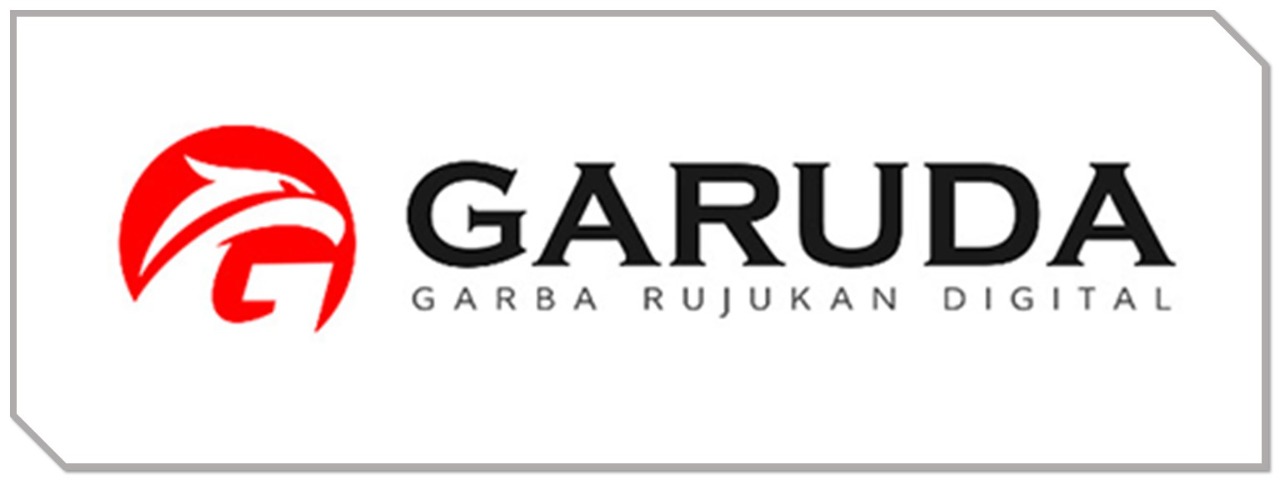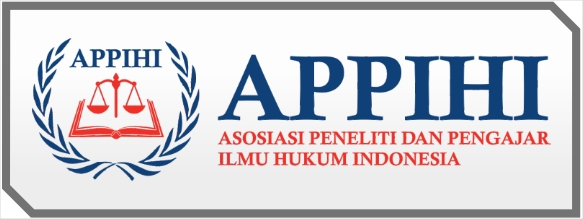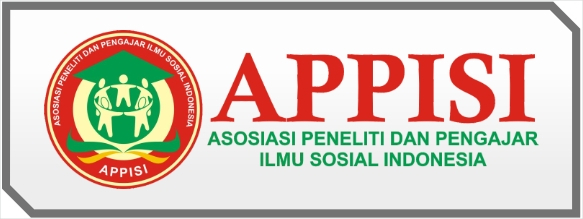Pandangan Hak Asasi Manusia Kebesasan Berpendapat di Media Sosial Hate Speech
DOI:
https://doi.org/10.59581/doktrin.v1i4.2063Keywords:
HAM, ITE Law, Hate SpeechAbstract
One of the main pillars of effective democracy is freedom of speech, which allows everyone to express their opinions and perspectives freely without fear of facing repressive actions or unjustified barriers. Everyone is entitled to the freedom of association, assembly, and speech, as stated in Article 28E (3) of the 1945 Constitution. The aim of this research is to study the legal aspects of the existence of hate speech on social media. This study examines the current legal framework governing freedom of speech and efforts to protect human rights in relation to racial harassment by reviewing existing legal regulations. The research method employed is literature review (bibliographical study). In legal research, the normative jurisprudence method is based on legal provisions such as human rights books' regulations, as well as information from research journals related to the research subject. Initial research findings suggest that hate speech is not a form of freedom of speech, and society should not respond to hate speech with more hateful speech. Instead, they can report hate speech content to the Ministry of Communication and Informatics for removal. The Information and Electronic Transactions Law (ITE Law) can serve as a resolution due to the existence of hate speech on social media by proving the occurrence of hate speech, whether it involves defamation or hate speech against Ethnicity, Religion, Race, or Inter-group relations.
Keywords: HAM, ITE Law, Hate Speech
References
Buku
Ramli, Ahmad.M. (2005). Cyber Law dan Hak Dalam Sistem Hukum Indonesia. Bandung: Armico.
Jurnal
Nasution Latipah. (2020). Hak Kebebasan Berpendapat dan Berkespresi Dalam Ruang Publik di Era Digital. Legislasi Nasional UIN Syarif Hidayatullah Jakarta.
Dikdik, M. Arief Mansur,dk. (2015). Cyber Law Aspek Hukum Teknologi Informasi. Jakarta: Rafika Aditama.
Bima dan Herry, Guntara, Ayni Suwarni. (2022). Hak Kebebasan Berpendapat di Media Sosial Dalam Perspektif. Jurnal Pendidikan dan Konseling, Vol. 4 No.6.
Sri, Mawarti. (2018). Fenomena Hate Speech Dampak Ujaran Kebencian. Jurnal Toleransi, Vol 10. No.1.
Febriansyah, Ferry Irawan dan Purwinarto, Halda Septiana. (2020). Pertanggungjawaban Pidana Bagi Pelaku Ujaran Kebencian di Media Sosial. Jurnal De Jure, Vol. 20 No. 2.
Perundang – Undangan
Undang – Undang Dasar 1945 Pasal 28E.
Undang-Undang Nomor 11 Tahun 2008 Tentang Informasi dan Transaksi Elektronik.
Undang- Undang No.Nomor 39 Tahun 1999 Tentang Hak Asasi Manusia.
Website
Data Indonesia.ID “Pengguna Media Sosial di Indonesia Sebanyak 167 Juta pada 2023’’ https://dataindonesia.id/internet/detail/pengguna-media-sosial-di-indonesia-sebanyak-167-juta-pada-2023, Diakses tanggal 19 Oktober 2023, pukul 12.05 WIB.

















